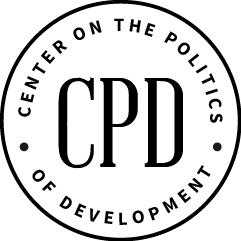Coordinators: David Collier, UC Berkeley; and Gerardo L. Munck, USC
View the Berkeley-USC Critical Juncture website here.
The study of critical junctures and their legacies—a tradition of research launched by Lipset and Rokkan—has been an abiding concern among scholars who study political development. The critical juncture framework yields valuable insights into trajectories of political change in which major episodes of innovation are followed by the emergence of enduring institutions.
This project explores substantive and methodological challenges faced by research in this tradition. The project originated in a roundtable at the 2016 Annual Meeting of the American Political Science Association, convened to recognize the 25th anniversary of the publication of Shaping the Political Arena. However, the initiative quickly became much more than that. Discussion at the roundtable itself—and ongoing exchanges at the APSA meetings—sparked important questions and disagreements, and other scholars joined the debate.
This framework is appropriate for studying domains where institutions are self-perpetuating, as they sometimes are, for example, with party systems and trade union movements. At one level, the guiding questions are straightforward: Why do these institutions come into existence—i.e., what happens at the critical juncture? How does their self-perpetuating character operate—i.e., the legacy of the critical juncture? The goal of the framework is to clarify the analytical claims made in explanations of this particular dynamic of discontinuity, followed by relative continuity.
Two points of caution are crucial to this project. (1) This framework is not intended as a general model of political change, but rather as an approach specifically focused on this recurring – yet hardly ubiquitous – trajectory of innovation, followed by an enduring legacy. (2) Correspondingly, this approach must be pursued in a somewhat skeptical, “falsificationist” spirit. The finding that a given episode is not a critical juncture – because some other factor proves to explain the legacy – is just as important as the finding that it is a critical juncture. In parallel, the conclusion that is not a critical juncture – because what scholars had presumed to be an “enduring legacy” ends up evolving more rapidly than anticipated – is equally as significant as the conclusion that the presumed critical juncture does indeed leave and abiding legacy.
Overall, the critical juncture approach seeks to pose important questions, situated in a broad comparative and historical framework, while at the same time seeking careful answers to these questions.

